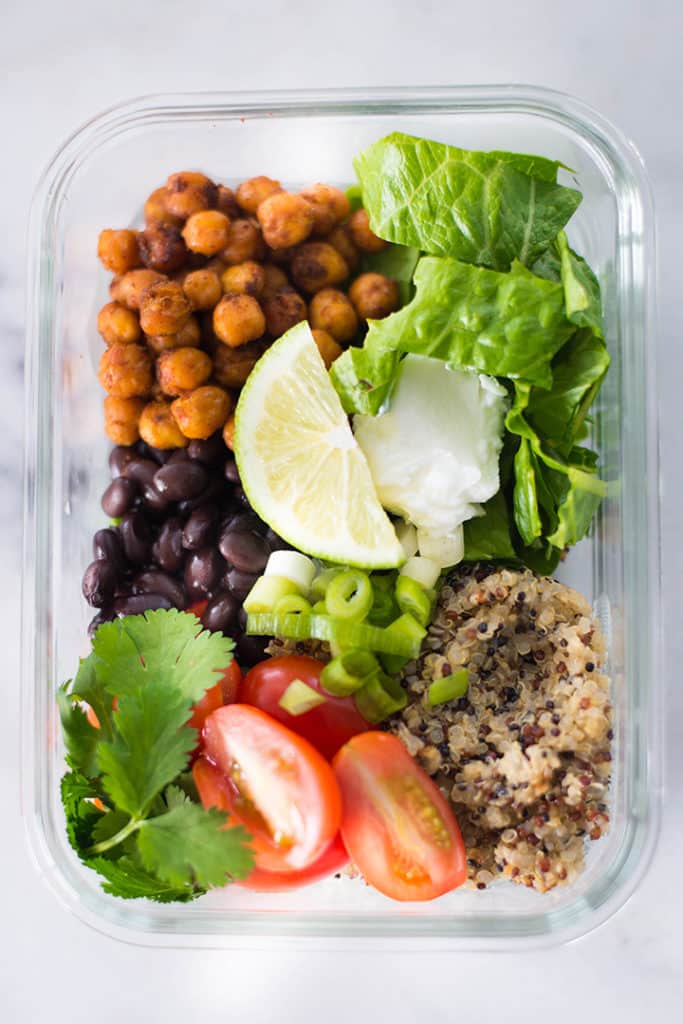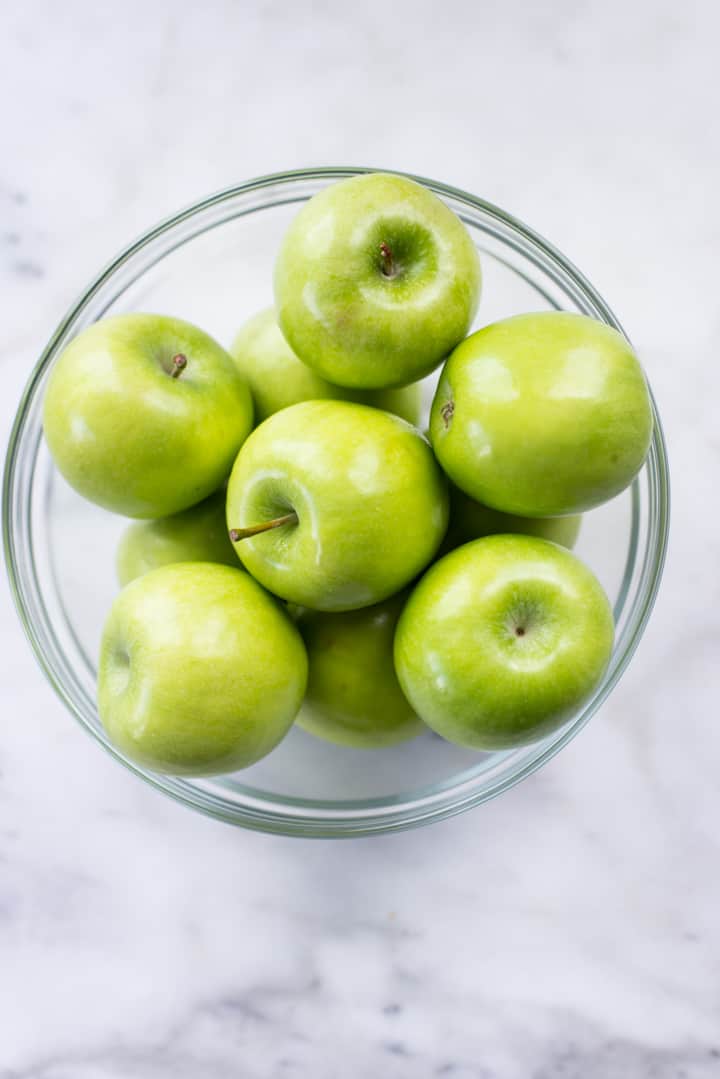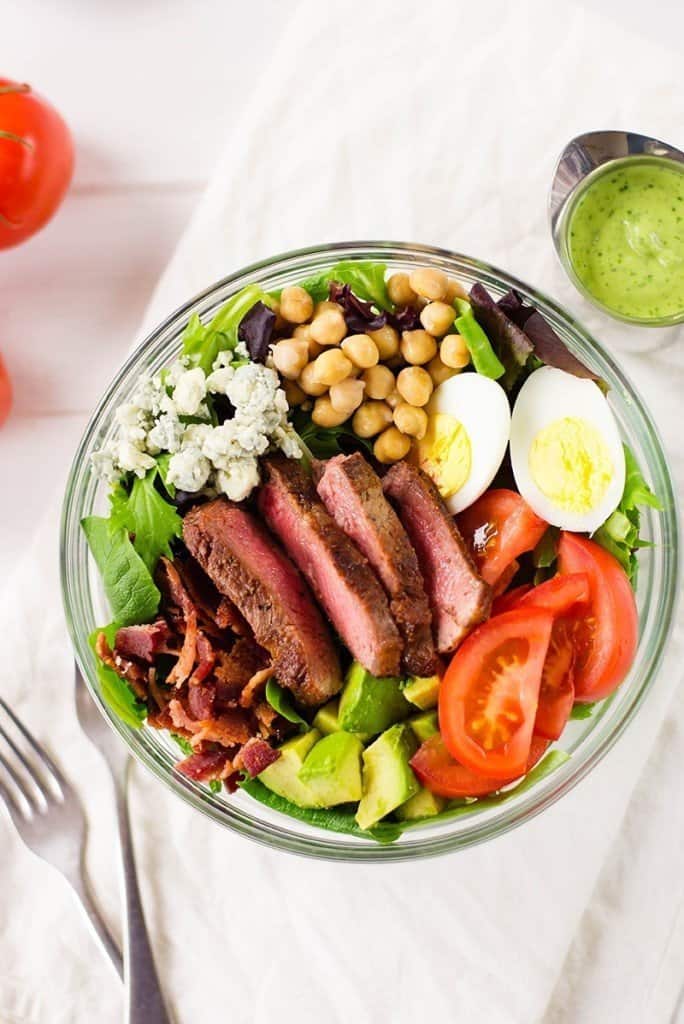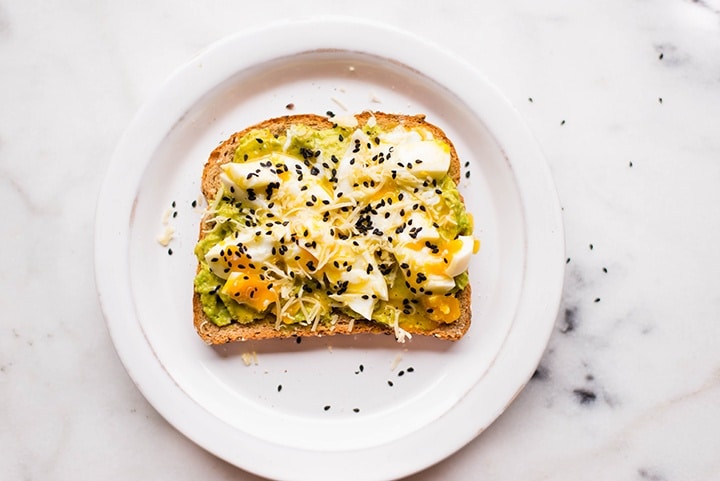Considering trying out Intermittent Fasting? Read this post of the 9 biggest Intermittent Fasting mistakes beginners make, and how they can put you on the path to failure. Plus learn how to avoid them to stay on track!

My Intermittent Fasting journey (also known as IF) has been a big success. Yay!
I feel amazing, and combining IF with a weight lifting program has really helped me to lose weight and get in shape. I feel like I have healthy control over my eating and my habits around food in general.
If you are despairing about your attempts at Intermittent Fasting, I am going to tell you to stop right there.
You see, it’s been a journey for me, too, this whole weight loss thing and the switch to clean eating.
And, the transition to a fasting eating regimen was another step I took that was an adjustment.
Let’s put it all on the table. It wasn’t easy. <— This is the truth.
But I want you to know that it is possible. I conquered Intermittent Fasting, and you can, too.
I’ll help you through it, this IF step. This step to a new and healthier you. Read on for an easy to follow explanation of 9 mistakes you can make when starting down the road to Intermittent Fasting. And how to avoid them!

THE EASIEST WAY TO GET STARTED WITH INTERMITTENT FASTING
The best way I can start you off on the right foot to Intermittent Fasting so that mistakes are easily avoided is to stress the importance of eating clean whole foods when you are in a fasting window.
But first, let’s take a quick look at the types of fasting so you can determine which one will work the best for you. That’s key, you know. Choose the plan that you think you will have the most success with and dive in. All options are feasible–it depends on your lifestyle and your end goals. Here we go:
- The 16/8 Method: This means you fast for 16 hours and make healthy food choices the other 8. Try finishing your last meal at 8 pm and then breaking your fast at 12 noon the next day.
- The 5/2 Method: Here, you eat normally for 5 days during the week and for the other 2 days, you choose meals that limit you to 500-600 calories per day (250-300 calories each meal).
- The Stop-Eat-Stop Method: With this regimen, you fast for 24 hours, once or twice per week. This can be a difficult method to start with if you are accustomed to eating 3 or 4 times a day, presently.
- The Alternate-Day Method: Alternating eating every other day is the rule with this method. A common way to accomplish this is to eat 500 calories on fasting days and whatever you want when it’s a non-fasting day.
- The Spontaneous Meal Skipping Method: For this IF method, you skip meals as it works for you. Although not a regimented method, you can benefit from it.

BENEFITS OF INTERMITTENT FASTING
To stay on track and reach your goals, it is essential to understand the effects a fasting regimen has on your body. Being informed will help to motivate you as you adjust to IF.
- Intermittent Fasting decreases insulin levels because you are not consuming food to increase blood glucose levels. In turn, your body uses energy from fat stores.
- Levels of Human Growth Hormone increase, which positively affects muscle mass growth and benefits bone density.
- Cognitive and mental keenness improve due to more blood access to the brain.
- Energy levels increase.
- Blood pressure is lowered because the kidneys eliminate excess water and salt. This also helps to reduce inflammation in the body.
- Old cells break down and are repaired and regenerated.
- Bad cholesterol (LDL) is reduced, and good cholesterol (HDL) is increased.

9 INTERMITTENT FASTING MISTAKES AND HOW TO AVOID THEM
1. STARTING OFF DRASTICALLY WITH INTERMITTENT FASTING
Starting off drastically is one of the biggest mistakes you can make. If you jump into IF without easing into it, you may set yourself up for disaster. Going from eating 3 normal sized meals or 6 small meals per day to eating within a four-hour window, for example, can be a tough adjustment.
Instead, ease into fasting gradually. If you are aiming for the 16/8 method, slowly extend the times between meals until you can comfortably work within a 12-hour window. Then, to reduce the window to 8 hours, add several minutes per day until you get to the 8-hour window.
2. NOT CHOOSING THE RIGHT PLAN FOR INTERMITTENT FASTING
You’re ready to try Intermittent Fasting for weight loss and have grocery shopped for whole foods like fish and chicken, fruits and veggies, and healthy sides like quinoa and legumes. The problem is, you haven’t chosen the IF plan that will set you up for success. If you are a dedicated gym-goer 6 days a week, completely fasting for two of those days may not be the ideal plan.
Rather than jump into a plan without thinking, analyze your lifestyle a little and consider the plan than will fit your schedule and habits best.

3. EATING TOO MUCH IN YOUR FASTING WINDOW
One of the reasons people choose to try Intermittent Fasting is that the reduced time available to eat means consuming fewer calories. However, some people will eat their usual number of calories in the span of the fasting window. This may mean that you will not lose weight.
Don’t eat your regular consumption of say, 2000 calories in the window. Instead, plan to eat around 1200 to 1500 calories during the period when you break the fast. How many meals you eat will depend on the length of the fasting window, whether it be 4, 6, or 8 hours. If you need to overeat and are in a state of deprivation, reconsider the plan you chose to follow, or ease off the IF for a day to refocus and then get back on track.
4. EATING THE WRONG FOODS IN YOUR FASTING WINDOW
The Intermittent Fasting mistake of eating the wrong foods runs hand in hand with overeating. If you have a fasting window of 6 hours and fill it with refined, fatty, or sugary foods, you are not going to feel well at all.
Eat nutritious whole foods as described in my post, Eating Clean for Beginners. Lean proteins, healthy fats, nuts, legumes, unrefined grains, and wholesome veggies and fruits become the mainstay of your diet. As well, in between fasting, follow these clean eating tips:
- Cook and eat at home as opposed to in a restaurant
- Read nutrition labels and become familiar with forbidden ingredients like high fructose corn syrup and modified palm oil
- Watch your sodium intake and beware of hidden sugars
- Avoid processed foods and cook whole foods instead
- Balance your plate with fiber, healthy carbs and fats, and lean proteins

5. RESTRICTING CALORIES IN YOUR FASTING WINDOW
Yes, there is such a thing as reducing your calories too much. Eating less than 1200 calories in your fasting window is not healthy. Not only that, but it can also sabotage your metabolic rate. If you slow your metabolism down too much, you will begin to lose muscle mass as opposed to increasing it.
To avoid this mistake, try prepping your food for the week ahead on the weekend. This gives you balanced, healthy meals ready at your fingertips. When it is time to eat, you can enjoy a healthy, nutritious, and caloric-correct meal.
6. UNKNOWINGLY BREAKING THE INTERMITTENT FAST
Hidden fast breakers are something you should be aware of. Did you know that even the taste of sweetness triggers your brain’s insulin response? This causes an insulin release and can effectively break the fast. Here is a look at surprise foods, supplements, and products that can bring a fast to a halt and cause an insulin response:
- Supplements that contain additives like maltodextrin and pectin
- Vitamins, such as gummy bear vitamins, contain sugar and fat
- Using toothpaste and mouthwash containing the sweetener xylitol
- Pain relievers such as Advil can have sugar in the coating
Don’t make the Intermittent Fasting mistake of breaking your fast. Use a baking soda and water paste to brush your teeth when in a non-eating period and read the labels carefully before taking vitamins and supplements.

7. NOT DRINKING ENOUGH WHEN INTERMITTENT FASTING
Staying hydrated is an important part of IF. Remember, your body is not taking in the water that would be consumed with food. Because of this, side effects can derail you if you are not careful. Headaches, muscle cramps, and intense feelings of hunger can quickly appear if you allow yourself to become dehydrated.
To avoid this mistake and ward off annoying symptoms like cramping and headaches, include the following in your day:
- Water
- Water and 1-2 tbsp of apple cider vinegar (this may even curb your hunger)
- Black coffee
- Black, herbal, oolong, or green tea
8. NOT EXERCISING WHEN INTERMITTENT FASTING
Some people think they can’t exercise when in a period of IF, when in fact, it’s the ideal scenario. Exercise helps you use up stored fat. Additionally, the Human Growth Hormone is increased as you work out, helping you to build muscle. However, there are tips to follow to maximize your workouts.
To get the best results from your efforts, keep these points in mind:
- Time your workouts for during the eating periods and then eat healthy carbs and proteins within 30 minutes of the exercise
- If the type of exercise is intense, make sure you eat before so that your glycogen stores are available
- Base your exercise on the fasting method; if you are doing a 24 hour fast, do not plan an intensive activity that day
- Stay hydrated during the fast and especially during the workout
- Listen to your body’s signals; if you feel weak or light-headed, take a break or conclude the workout

9. BEING TOO HARD ON YOURSELF IF YOU SLIP WHEN INTERMITTENT FASTING
One slip does not a failure make! Sometimes you’ll have days when an IF regimen is extra tough, and you just don’t think you can make it. It’s totally okay to take a break if you need to. Give yourself a day to refocus. Stay on a healthy eating track but allow yourself treats like an awesome protein smoothie or a serving of healthy beef and broccoli and jump back in the next day.
Don’t make the mistake of allowing Intermittent Fasting to consume your whole life. Consider a part of your healthy lifestyle and remember to do other important things for yourself, too. Enjoy a book, exercise, spend time with the family, and eat as healthily as you can. It’s all part of the package of being the best you can be.
MORE INTERMITTENT FASTING RELATED POSTS
- Eating Clean for Beginners
- Does Intermittent Fasting Work for Weight Loss? Beginner’s Guide to Intermittent Fasting
- 15 Weight Loss Hacks That Actually Work
- 10 Foods That Cause Inflammation | A Guide on What Foods to Avoid
- The Top 18 Worst Fake Healthy Foods (Avoid These)
- How to Portion Control for Weight Loss (Without Starving!)
This post contains affiliate links for products I use regularly and highly recommend.
The post 9 Intermittent Fasting Mistakes Beginners Make (And How To Avoid Them!) appeared first on A Sweet Pea Chef.
* This article was originally published here
from Merah Hati Cintaku https://ift.tt/2RRM5xL
via merahhaticintaku.blogspot.my
No comments:
Post a Comment